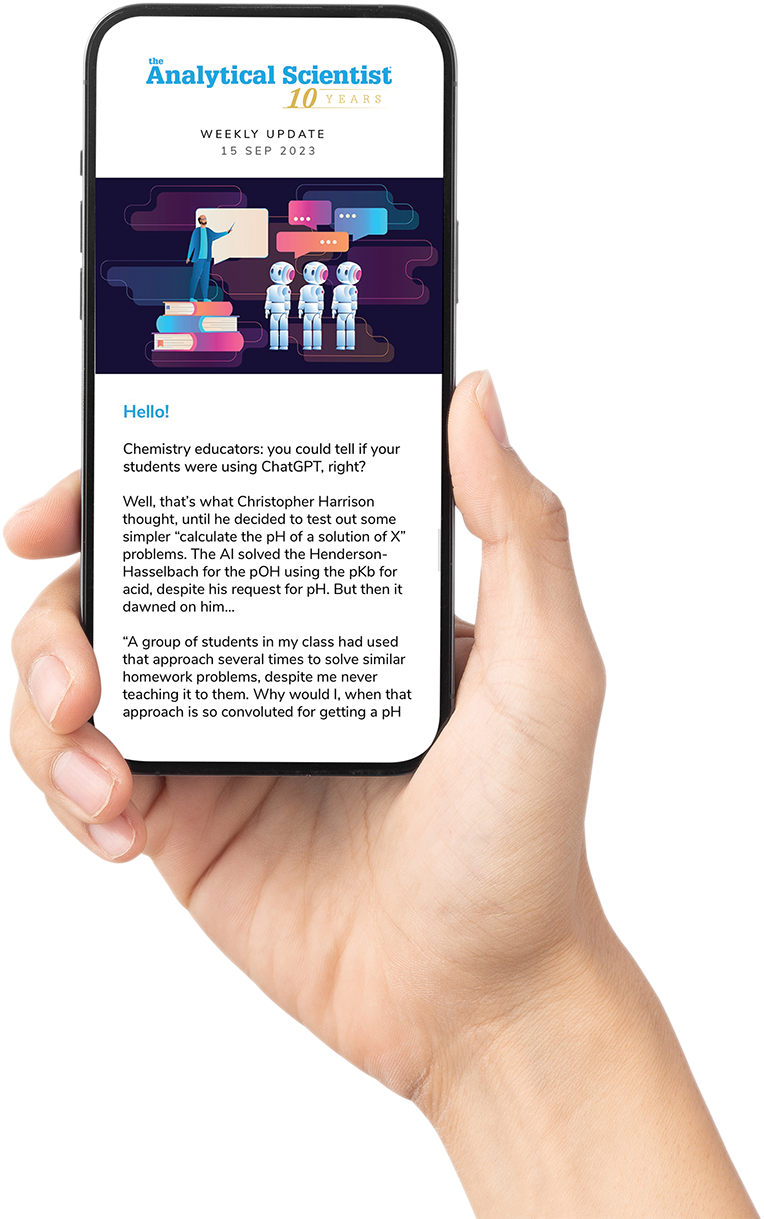
Researchers have identified, for the first time, volatile organic compound (VOC) patterns in exhaled breath that could help detect high-grade lymphoma. The team at Barts Cancer Institute, working with Owlstone Medical, used Breath Biopsy technology to collect exhaled breath from patients with acute leukemia or high-grade lymphoma (along with healthy controls) and analyzed the samples using high-resolution GC-MS to identify and compare VOC profiles.
The team’s results revealed a distinctive VOC signature in high-grade lymphoma, including elevated levels of methylated alkanes – by-products of lipid peroxidation, a process associated with oxidative stress in cells. This chemical fingerprint, not observed in leukemia patients or healthy controls, suggests that metabolic changes in lymphoma could be detectable via breath analysis.
By demonstrating that distinct breath chemical signatures exist for certain blood cancers, the study highlights the potential of VOC analysis as a non-invasive diagnostic tool. We reached out to John Riches, senior author of the study, to learn more about the methodology and the path toward clinical application.
Could you describe how your method works?
We collaborated with a biotechnology company, Owlstone Medical, whose Breath Biopsy technology has been developed for this very purpose. The patient first breathes into a device (Reciva breath sampler) that captures exhaled air, focusing on volatile organic compounds (VOCs) – tiny molecules which can indicate disease. The collected breath is then analyzed using mass spectrometry, enabling the identification of individual VOCs.
What initially sparked the idea to apply breath testing to blood cancers?
As a haemato-oncologist, investigating the application of breath testing in blood cancers was an obvious choice for me. Following the departure of one of my post docs who was leaving to join Owlstone, I became aware and interested in their technology, and quickly noticed an absence of any previous studies which investigated breath VOCs in blood cancers.
What was the biggest analytical challenge you faced in this study – and how did you overcome it?
As there are tens of thousands of different VOCs in breath, identifying them with high levels of certainty can prove challenging. Our approach in particular proved difficult due its nature as an “unsupervised" study – meaning we were looking for any VOC that was differentially present in the breath of blood cancer patients.
You found that certain molecules linked to oxidative stress were elevated in the breath of people with high-grade lymphoma. Could you explain the significance of this?
This is something we are planning to investigate further. However, it’s very likely that the increased metabolic activity of lymphoma cells directly leads to oxidative stress, in turn resulting in lipid peroxidation. We’re able to detect the breakdown products of this process in patients’ breath with our technology.
How do you see this breath-based approach complementing or disrupting current diagnostic methods?
We hope that the potential for rapid and non-invasive testing for lymphoma may support clinicians in their "real-time" assessments of patients. It’s also our intention to develop technology that is simple, yet reliable – to ensure it can be used in low resource settings, where access to scans/histopathology laboratories is limited.
Looking ahead, what excites you most about the potential impact of this technology and what are the main hurdles to wider adoption?
What excites me most is the potential for a test that is both rapid and non-invasive, with potential utility in lower resource settings (as mentioned above). The main hurdles to this will be in establishing the sensitivity and specificity of this test, as well as in the development of reliable technology for specific VOCs/panels of VOCs.
What are the next steps for your research? How close do you think we are to a fast, clinic-ready breath test for blood cancer?
Our next steps will be to understand more about how lymphoma cells produce the chemicals we have detected in patients' breath, and whether this relates to specific changes in them (e.g. their genotype). We also wish to develop and apply our method to a larger cohort of lymphoma patients, with a greater focus on specific subtypes. I believe we’re still a few years away from a test that is "clinic-ready," but our work nonetheless represents an important step forward.
John C. Riches is a Consultant Haemato-Oncologist and Senior Lecturer at the Centre for Haemato-Oncology, Barts Cancer Institute, Queen Mary University of London.




